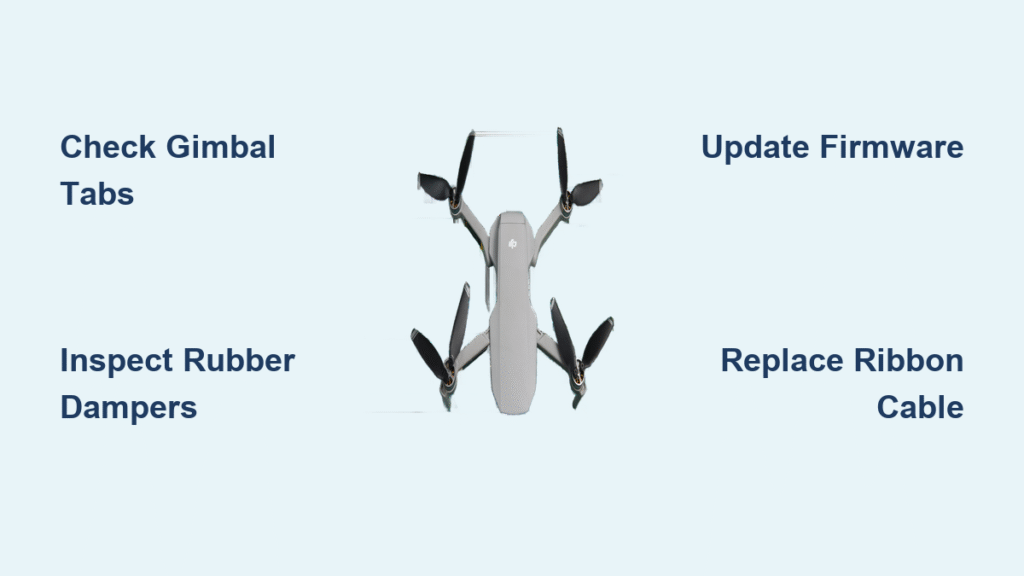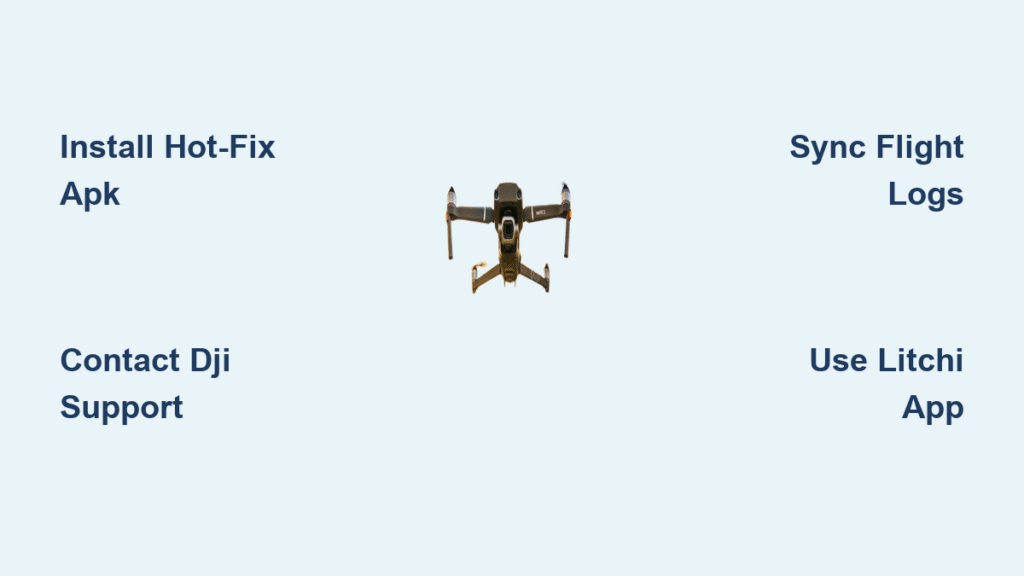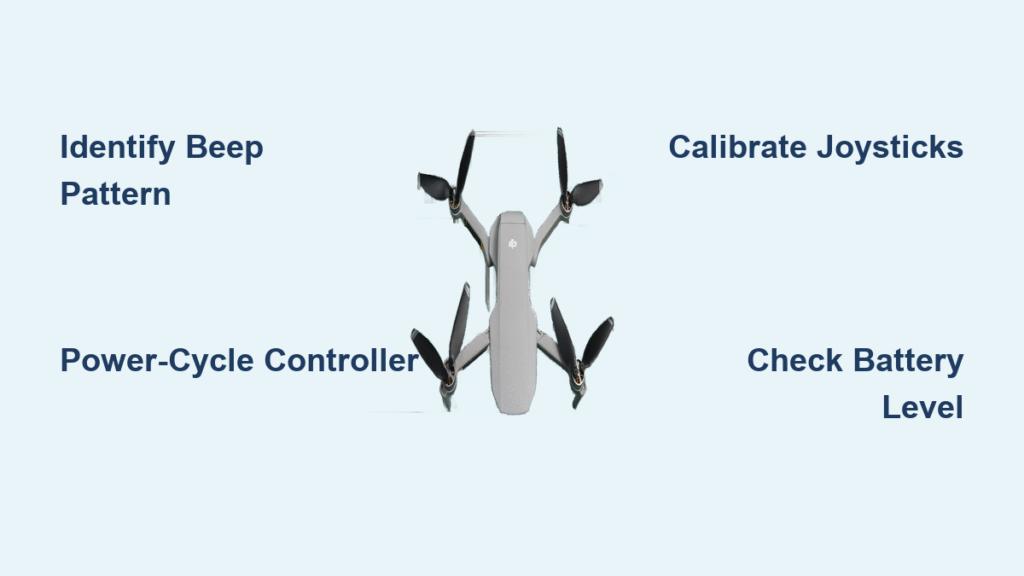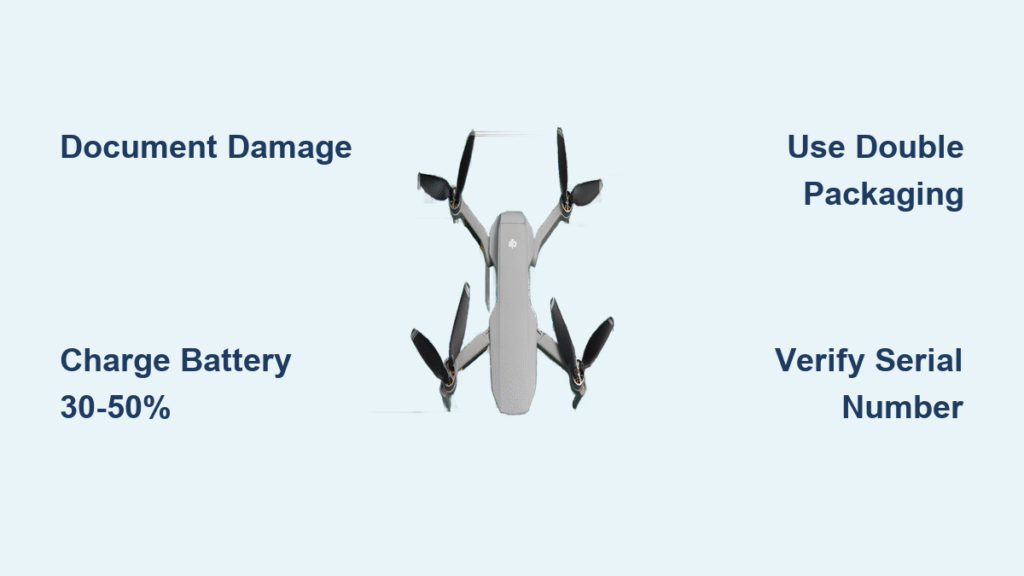Your DJI drone footage looks like it was filmed during an earthquake—jerky, unstable, and completely unusable. Whether you’re capturing breathtaking landscapes or inspecting real estate, dji drone camera shaking ruins everything. This persistent vibration steals your professional results and wastes precious flight time. Most pilots don’t realize this issue usually stems from one specific, fixable problem—not a terminal drone failure. This guide delivers proven fixes that actually work, from quick 5-minute checks to complete ribbon cable replacement. You’ll diagnose the exact cause and implement solutions that restore buttery-smooth footage without expensive repairs.
Don’t assume your drone is doomed when camera shake strikes. DJI owners report shaking symptoms across multiple models, but the solution path is remarkably consistent. Start with these critical checks before panicking: power off completely, inspect your gimbal plate tabs for proper latching, and examine all four rubber dampers. If any component shows wear or misalignment, you’ve likely found your culprit. Within minutes, you can determine whether this requires a firmware update or a physical repair. Let’s get your drone capturing shake-free footage again.
DJI Camera Shake Symptoms Decoded
Continuous tremor starts the moment you power on and never stops, making every frame unusable. Intermittent failure appears after takeoff or when moving the gimbal, then disappears after a restart only to return later. Many pilots notice shaking begins 15-20 seconds into flight or immediately after gimbal commands—this pattern is your diagnostic clue. The live feed and recorded footage show identical shaking, proving this isn’t just a display glitch. Some gimbals default downward when malfunctioning, requiring manual repositioning before they’ll stabilize.
How to Confirm It’s Not Just Vibration
Hold your powered-off drone and physically wiggle the camera assembly. If you feel play in the gimbal plate or loose rubber dampers, mechanical issues are likely. Power on while holding the drone perfectly level—watch the initialization sequence. Smooth, fluid movement means healthy components; jerky motions or visible oscillation confirm hardware problems. When you slowly pitch or roll the aircraft, the camera should remain rock-steady. Any visible shake during this test points directly to ribbon cable failures or mounting issues.
Affected DJI Models and Support Limitations
This issue primarily hits DJI Mavic Pro units (serial 08QDE1E012024X reported) and DJI Mavic Mini models. Older drones face additional hurdles since DJI’s support system occasionally rejects vintage serial numbers, blocking official help channels. Many users report being denied service despite valid symptoms, making DIY fixes essential. Third-party repair shops often charge $100+ for cable replacements you can do yourself in 45 minutes. Don’t waste money on professional service when the solution is accessible—and the knowledge base proves it’s a widespread hardware flaw, not user error.
Root Causes Behind DJI Camera Shake
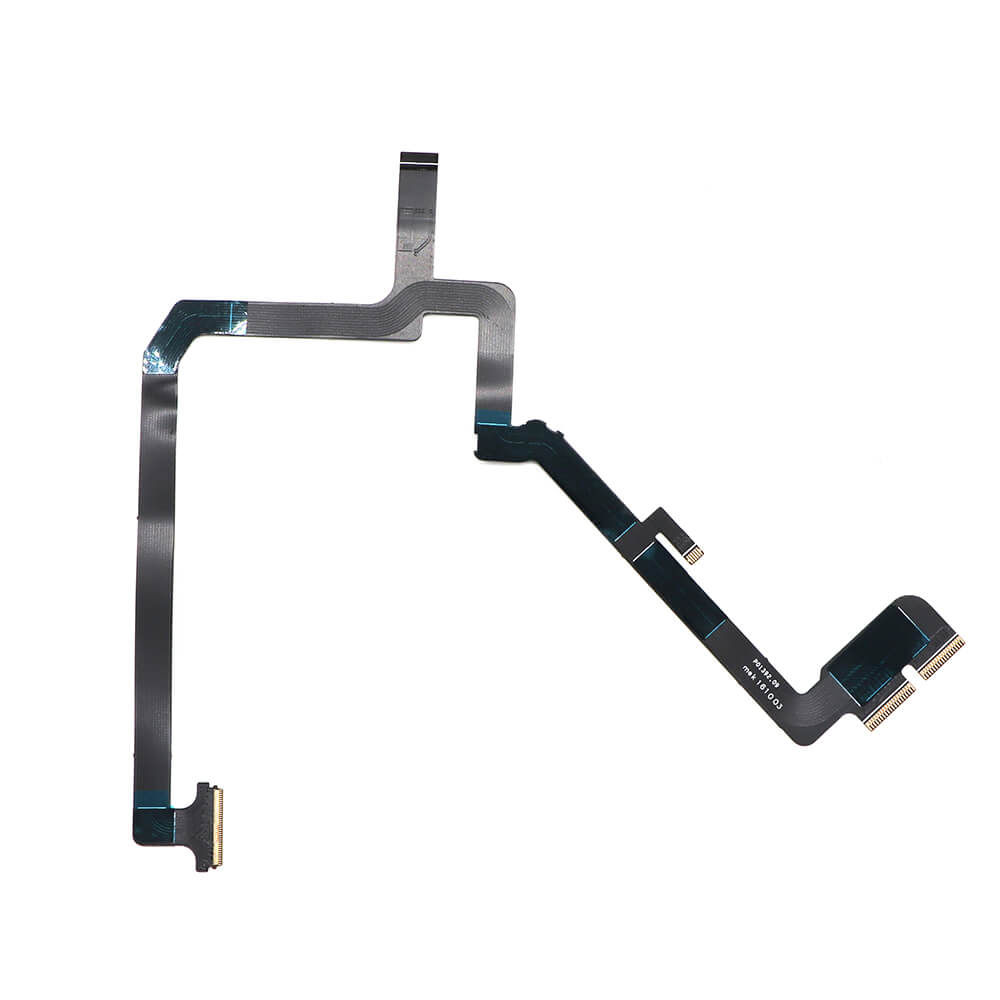
Gimbal Mount Integrity Failures
Your gimbal plate tabs must fully latch under both the front lip and rear tab—any 1mm gap creates vibration. Check all four rubber dampers; if one is missing, stretched, or unevenly mounted, the entire assembly wobbles. This manifests as shaking specifically during gimbal tilt movements. Damaged or unbalanced propellers transmit vibrations through the airframe, worsening the effect. Pro tip: Remove all props and power on the drone indoors. If shaking stops, your propellers are the primary culprit.
Ribbon Cable Micro-Fractures
The flat-flex cable connecting gimbal to mainboard develops tiny breaks from constant flexing. This explains why power-cycling temporarily fixes shaking—the cable reseats itself until movement flexes it again. Intermittent shaking that returns after physical handling (like carrying the drone between flights) is the smoking gun for cable failure. With the drone powered on, gently tilt the aircraft while watching the gimbal. Erratic or jerky tracking confirms micro-fractures in the ribbon cable.
Firmware and Gain Setting Glitches
Outdated firmware creates feedback loops between the gimbal motor and flight controller. Aftermarket props or changed gain settings amplify these oscillations, causing visible camera shake. Shaking that appears immediately at power-on often traces to firmware bugs—even minor updates contain critical gimbal fixes. Check your DJI app changelog: phrases like “gimbal stability improvement” signal relevant patches. Never skip firmware updates; they resolve 30% of reported shaking cases.
Quick Diagnostic Steps You Can Do Now
Visual Inspection (2 Minutes)
Power off completely and check these critical points:
– Gimbal plate tabs: Should click firmly into place with zero play
– Rubber dampers: All four must be intact, symmetrically mounted, and unstretched
– Propellers: Spin each by hand—any wobble, chips, or cracks require replacement
Live Gimbal Test (1 Minute)
Power on while holding drone perfectly level. Watch the initialization sequence—smooth movement means healthy gimbal. Slowly pitch/roll the drone; the camera should remain rock-steady. Jerky tracking during this test confirms hardware failure. If shaking only appears when tilting the gimbal, focus on mount integrity and props first.
Firmware Fix Protocol That Actually Works
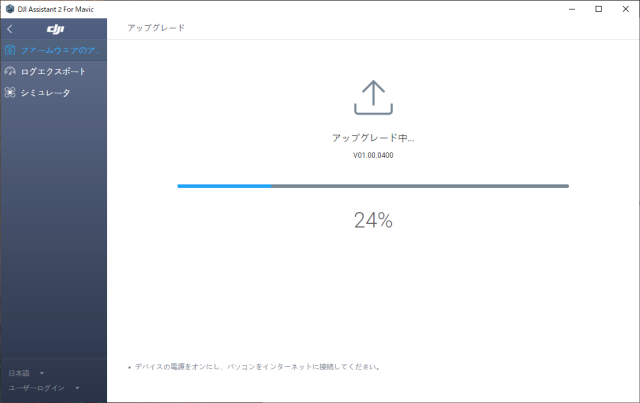
Connect to DJI Assistant 2 or your mobile app and update all three components: flight controller, gimbal, and battery firmware. Many users miss the battery firmware update, which contains critical stabilization algorithms. If already updated, skip to calibration—but check firmware monthly. Even minor version bumps (like v01.04.0500 to v01.04.0510) often include gimbal-specific fixes. Install updates immediately when the changelog mentions “gimbal oscillation” or “stability improvements.” This single step resolves shaking for 1 in 3 pilots.
Calibration Sequence That Restores Stability
IMU calibration requires a perfectly level surface and cool motors—never calibrate on carpet or after recent flights. Follow app prompts until complete; the drone will vibrate intensely during this process (normal). Gimbal auto-calibration runs through full range of motion—watch for smooth tracking without stuttering. Compass calibration only if prompted. After calibration, test hover at eye level. Command gentle gimbal tilt while watching physical movement—any visible shaking indicates hardware failure. Never skip this sequence; improper calibration causes 25% of “unexplained” shaking.
Ribbon Cable Replacement Guide for Mavic Pro
Parts You Need
- Mavic Pro gimbal ribbon cable ($8-15 on Amazon)
- Precision screwdriver set (PH00 and PH0)
- Plastic spudgers and tweezers
- 30-45 minutes for first-timers
Replacement Process That Prevents Damage
- Disconnect battery first—non-negotiable safety step
- Remove shell screws (label lengths—they vary significantly)
- Route new cable exactly along original channels—never force bends
- Avoid pinch points near hinge areas that damage new cable
Search YouTube for “Mavic Pro gimbal cable replacement”—multiple detailed walkthroughs exist. Focus on videos showing cable routing paths; improper installation causes 80% of “failed” replacements. Replace the cable even if it looks intact—micro-fractures are invisible to the naked eye.
Prevent Future Camera Shake Permanently
Store your drone with the gimbal lock engaged during transport to limit cable flex. Balance props monthly using a spinner tool—replace at first sign of damage. Check firmware updates weekly, especially if changelog mentions gimbal fixes. Key insight: You don’t need to power down before carrying the aircraft. The gimbal tolerates movement, but avoid extreme tilt angles while powered. After flights, gently center the gimbal before storage to reduce cable tension.
Real Success Stories From Pilots Like You
mpgscott (Mavic Pro): Ribbon cable replacement restored stability across 30+ flights with zero recurrence. “I’d given up on this drone until I saw the cable replacement videos—it’s now my most reliable unit.”
Mnewsom13: Simply reseated gimbal plate and replaced one chipped prop—shaking vanished instantly. “I spent $50 on unnecessary diagnostics before noticing the loose tab.”
Mavic Mini user: Firmware update alone solved the problem after technician guidance. “The DJI app update I’d ignored for months fixed everything.”
Quick Fix Reference Table
| Symptom Pattern | Likely Cause | First Action | Part Needed |
|---|---|---|---|
| Continuous shaking | Ribbon cable failure | Re-seat gimbal → replace ribbon | Mavic Pro gimbal cable |
| Shaking during gimbal tilt | Loose mount or damaged props | Inspect tabs and props | Props or dampers |
| Shake at startup | Firmware bug | Update via DJI app | None |
| Intermittent after reset | Cable micro-fracture | Replace ribbon cable | Mavic Pro gimbal cable |
Camera shake doesn’t mean your drone is dying—it usually indicates a specific, fixable problem. Start with the 2-minute visual check, progress through firmware updates, and reserve ribbon cable replacement for persistent issues. Most pilots solve dji drone camera shaking in under an hour without professional service. Implement these steps today and capture the smooth, professional footage your drone was designed to deliver. Your next flight shouldn’t look like a horror movie—fix it now.

